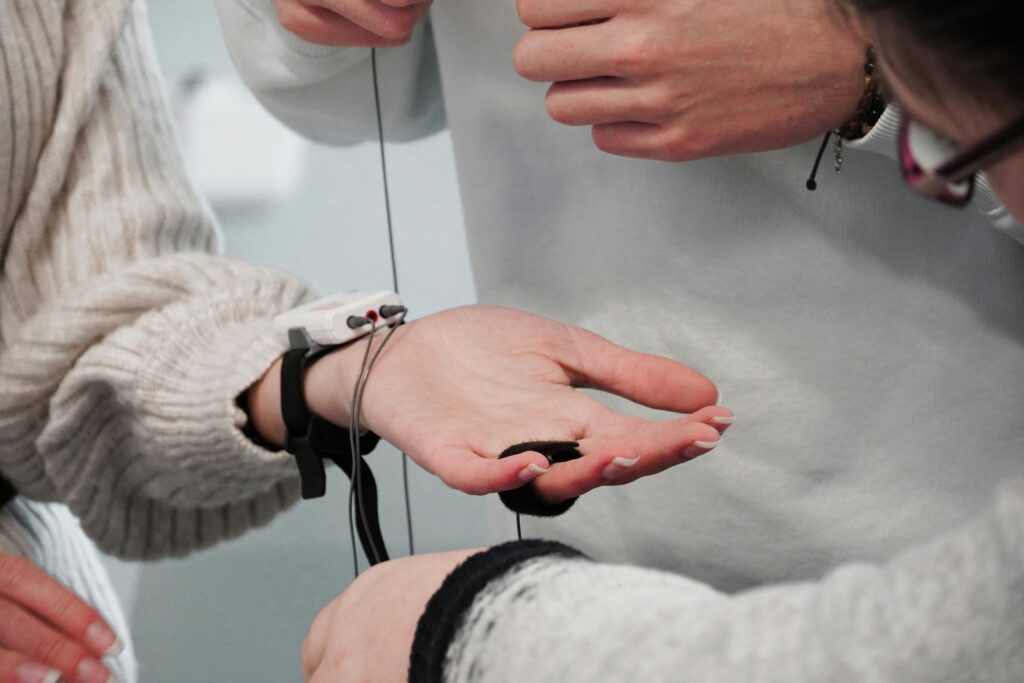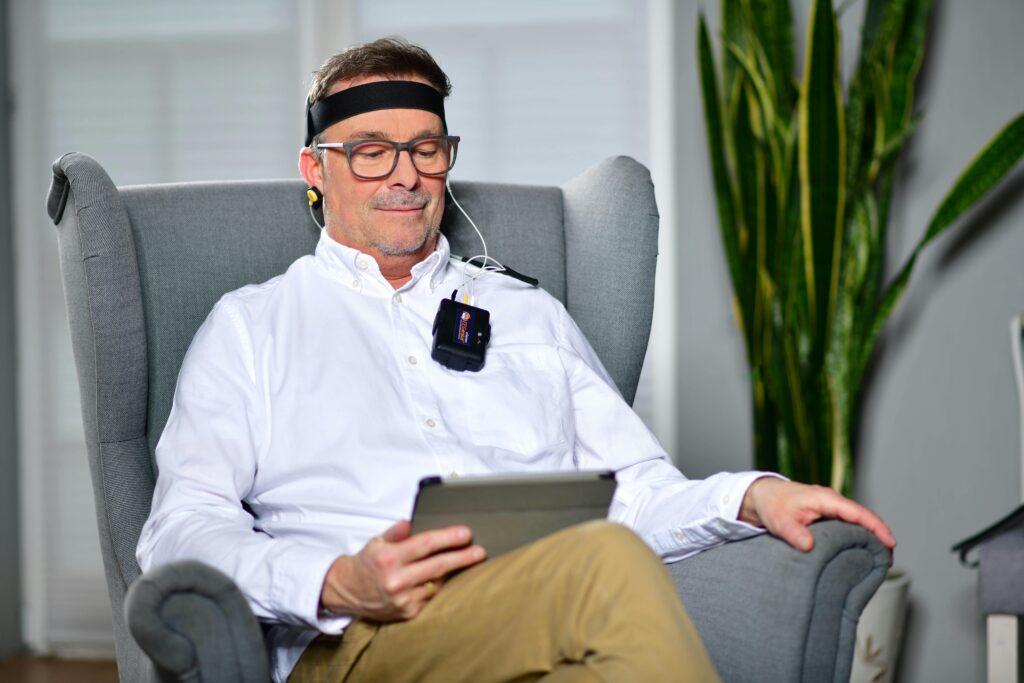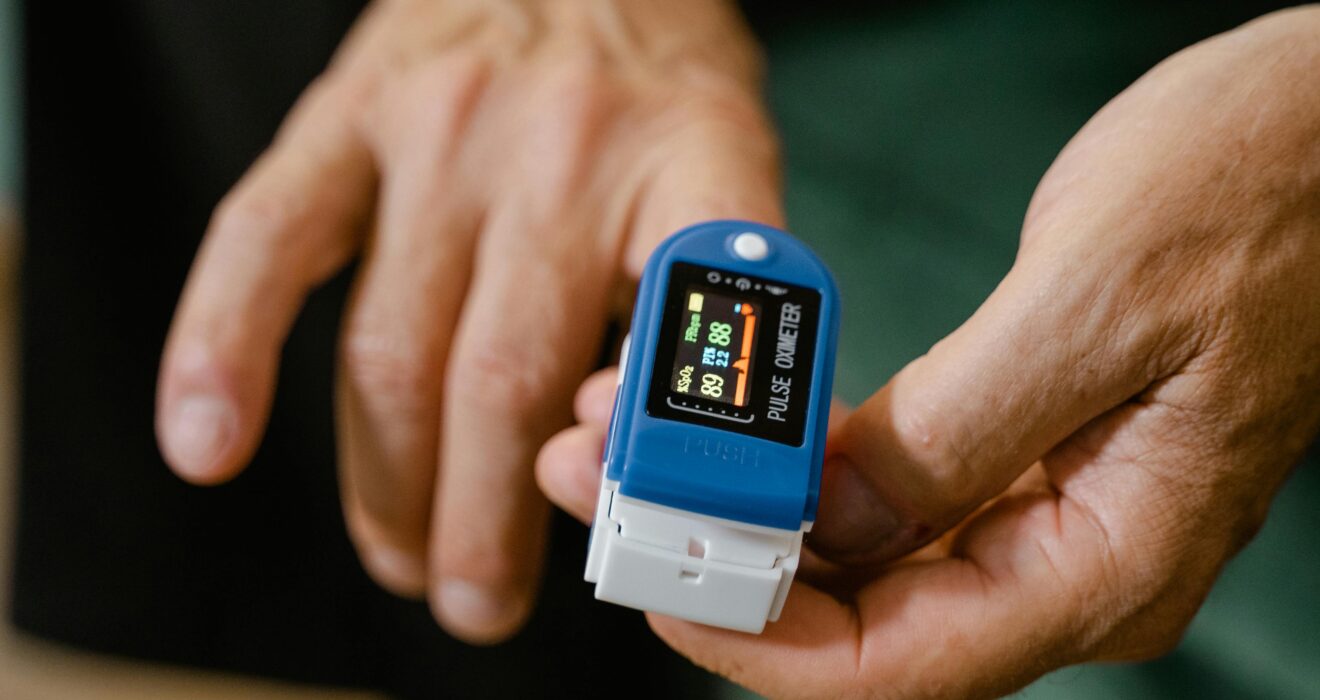How Biofeedback for Anxiety Can Help Manage Anxiety: A Comprehensive Guide
Anxiety issues have an impact on people globally. While conventional strategies like medicinal drugs and cognitive behavioural therapy (CBT) have shown sizable advantages, there may be a growing demand in alternative remedies like biofeedback. This non-invasive method is gaining traction because it can help people manipulate tension via actual-time feedback on physiological capabilities. In this article, we’ll dive deep into how can Biofeedback for Anxiety assist in controlling tension, discover its mechanisms, and communicate its effectiveness.
What Is Biofeedback?
Biofeedback is a healing approach that teaches individuals how to govern their body’s physiological responses. Along with coronary heart rate, muscle tension, and brain activity. This method includes using sensors attached to the body to provide feedback in actual time. The individual can then make aware changes to these skills to promote rest, reduce pressure, and control anxiety symptoms.
How Does Biofeedback for Anxiety Work?
Biofeedback operates on the premise that people can learn how to alter physiological functions. For example, you want your coronary heart rate to increase and your muscle companies to tense up. The biofeedback tool gives data on those responses, supporting you to be extra aware of your frame’s reactions. Over time, individuals can use this tool to self-alter and decrease anxiety signs and symptoms.
Ways Biofeedback for Anxiety works
- Monitoring Devices: Sensors are attached to the body to show several physiological capabilities. Which shows heart rate, skin temperature, blood flow, etc.
- Feedback: The statistics are displayed on screen.
- Training: Through guided workouts, individuals study strategies to adjust their body’s responses, including deep breathing or muscle relaxation.
- Self-Regulation: Over time, people can use the strategies outside of the clinical setting to manage their anxiety and other dysregulations.

Types of Biofeedback for Anxiety
Several types of biofeedback are used in reducing tension. One type is specialised to produce a specific physiological response.
1. Electromyography (EMG) Biofeedback
Such applications are known as electromyographic, or EMG biofeedback, which focuses on muscle anxiety. It is not a secret that people with anxiety expirience physical feelings and sensations such as tense shoulders, a tense jaw, or a stiff neck.
2. Evaluating Biofeedback Heart Rate Variability (HRV)
HRV biofeedback quantifies variation within the time of consecutive impulses of the heart. An interesting psychological fact is that when you are demanding something, your heart rate does start to increase. HRV biofeedback helps you understand how to get your coronary heart rate back to normal using strategies such as breath management or relaxation activities.
3. Electrodermal Activity (EDA) Biofeedback
This sort of biofeedback records the electrical conductance of the pores and skin; When humans experience stress their sweat glands are stimulated, and biofeedback can help individuals regulate their tension by using remarks as to the porosity of the skin.
4. Thermal Biofeedback
Anxiety may lead to vasoconstriction; this means that the blood circulation to the pores and skin reduces, hence the temperature is low. Third, thermal biofeedback videos demonstrate units altering skin temperature and helping people understand when they are stimulating and teaching them how to employ relaxation techniques so that they can increase skin temperature and therefore reduce stress.
5. Neurofeedback (EEG) Biofeedback
Sufferers of anxiety disorders are known to have an overactivity of beta-brain waves, which are related to stress and excessive thinking. Neurofeedback makes it possible for individuals to train their thoughts to come up with more alpha waves, which may be associated with serenity and calmness.
How Biofeedback Can Help Manage Anxiety
Biofeedback has been confirmed to be especially powerful in managing anxiety because it permits individuals to take an active role in their treatment. By studying how to regulate physiological responses related to tension, people can enjoy relief without the need for treatment or invasive treatments.
Biofeedback can help control tension
1. Enhances Self-Awareness
Biofeedback provides one with information concerning happenings in his or her body. This increased awareness allows one to monitor how his/her body processes stressors and other anxiety-related factors. After you are aware of those responses, then you are able to paint on techniques to control them.
2. Promotes Relaxation
Biofeedback assists in improving rest patterns, consisting of diaphragmatic breathing, progressive muscle relaxation, and visualisation. Biofeedback can decrease tension and make the body leave the fight or flight state and get to a more peaceful feeling.
3. Helps to Minimize Actual Symptoms of Anxiety
One of the most upsetting characteristics of anxiety is the physical symptoms, for instance, elevated heart rate, perspiring, and experiencing increased muscle pressure. Through biofeedback, a person can modify his/her bodily responses and/or symptoms, thereby reducing the overall influence of stress on their lives.
4. Improves Emotional Regulation
Self-monitoring could also help improve emotional regulation by teaching a method of managing its physiological manifestations due to pressure. This may, in turn, help in improving temper control and reduce the frequency and severity of panic attacks.
5. Provide an Option of Non-Invasive Treatment
One should note that biofeedback as an intervention is a safe, non-pharmacological approach to managing anxiety. For those who are in search of to scale back or keep away from drugs, biofeedback can be a potential chance or holistic therapy.

Biofeedback Efficiency for Stress Reduction
According to scientific research that has been conducted on the subject, biofeedback could be very helpful in managing anxiety. According to a study done by the Journal of Clinical Psychology in 2018, people who went through the HRV biofeedback training decreased in the level of tension compared to the people who could not get biofeedback training. Another study done for the Journal of Anxiety Disorders also found that neurofeedback made it possible to manage the manifestations of GAD.
Biofeedback vs. Traditional Therapies
While biofeedback may be powerful and beneficial, especially when used with other types of therapies such Cognitive Behavioural Therapy (CBT), for instance, biofeedback can help to cope with each of the mental and physiological components of anxiety. Medications that include selective serotonin reuptake inhibitors (SSRIs) can also be used alongside biofeedback, mainly in severe cases.
Steps to Getting Started with Biofeedback for Anxiety
If you’re interested in exploring biofeedback as a remedy for stress, right here are the steps you can take to get started:
1. Consult a Healthcare Provider
Search for recommendations from a healthcare professional to make sure this is the right choice to manage your anxiety. They may refer you to a skilled biofeedback therapist.
2. Find a Certified Biofeedback Therapist
A therapist will permit you to recognize how your body responds to anxiety and educate you on techniques to control it correctly.
3. Practice Regularly
Biofeedback is handiest when practised frequently. It may also take several sessions until you begin noticing massive enhancements in anxiety symptoms.
4. Combine Biofeedback with Other Therapies
Biofeedback can be great simultaneously as used alongside other treatments such CBT, mindfulness, or medication. Combining these processes can offer a more holistic treatment plan for dealing with anxiety.
The Future of Biofeedback for Anxiety Management
Biofeedback is in greater demand due to developments made in the field of technology. It can be a helpful tool in managing stress and anxiety on a daily basis.
Further research on biofeedback efficacy is being conducted at present, and it can be suggested that biofeedback is set to become a more common cure for stress, anxiety and other mental issues in the future.
Conclusion
Biofeedback gives a promising road for those looking to manipulate anxiety in a greater non-invasive way. By providing real-time data on physiological responsse, biofeedback permits individuals to be wise in their body’s reactions to anxiety and how to manage the reactions. While it could not be a standalone remedy for stress, biofeedback can be a powerful device when used alongside different types of therapies. Biofeedback can be worth exploring if you are struggling with stress and seeking out an alternative or complementary technique.



